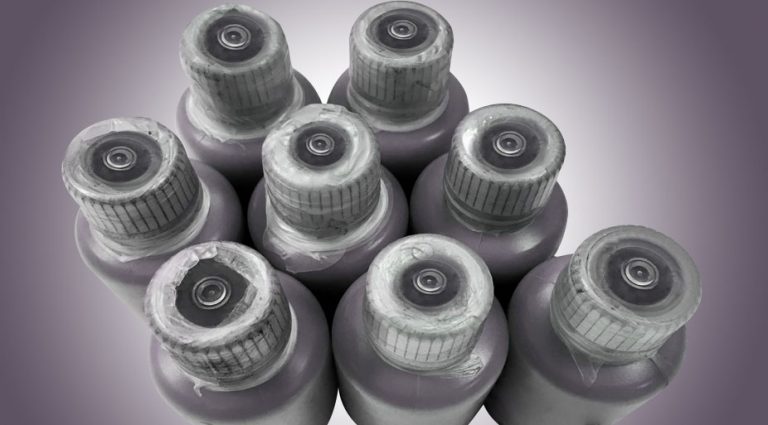“Finally, Researchers from the University of Texas at Austin found a solution for removing cobalt from high-efficient batteries used to power electronic devices.”
Many researchers have been working on this work to remove cobalt from lithium-ion batteries for decades. However, they are not able to reach the performance standards without cobalt.
What Are Lithium-Ion Batteries Used For?
Lithium-ion (Li-ion) batteries are rechargeable batteries. Li-ion batteries are mainly used for powering electronic gadgets such as mobile phones, tablets, laptops, etc. They are also used to supply power to medical equipment, electric vehicles, and power tools.
The four main components of Lithium-ion batteries are a cathode, anode, electrolyte, and separator. Even if one component is missing, the battery doesn’t work. Combinations of metal ions like nickel-manganese-cobalt (NMC) or nickel-cobalt-aluminum (NCA) are used as cathodes for Lithium-ion batteries.
Among nickel, manganese, cobalt, and aluminum, cobalt is the most expensive component. The price of cobalt is about $28,500 per ton, and it is more expensive than nickel, manganese, and aluminum combined, making up 10% to 30% of most lithium-ion battery cathodes.
“Cobalt is the least abundant and most expensive component in battery cathodes,” Manthiram said in a proceeding statement, “And we are eliminating it.”
Researchers thought that eliminating cobalt would reduce the kinetic response of the battery and lead to lower rate capability. To remove this flaw, they found an optimal combination of metals and even distribution of the ions. In this way, they have overcome the poor rate capability and short cycle life.
After removing the cathode from the metal ions to form the cathode, the team used 89% nickel, manganese, and aluminum for the remaining quantity. Nickel is used to store energy, and the more number of nickel means the more storage of energy. This combination has increased the energy density and increased life of batteries in smartphones and other electronic devices. Since the ions have an even distribution in this combination, the team has reduced the performance loss issues.
“Our goal is to use only abundant and affordable metals to replace cobalt while maintaining performance and safety,” Li said, in a proceeding statement, “and to leverage industrial synthesis processes that are immediately scalable.



